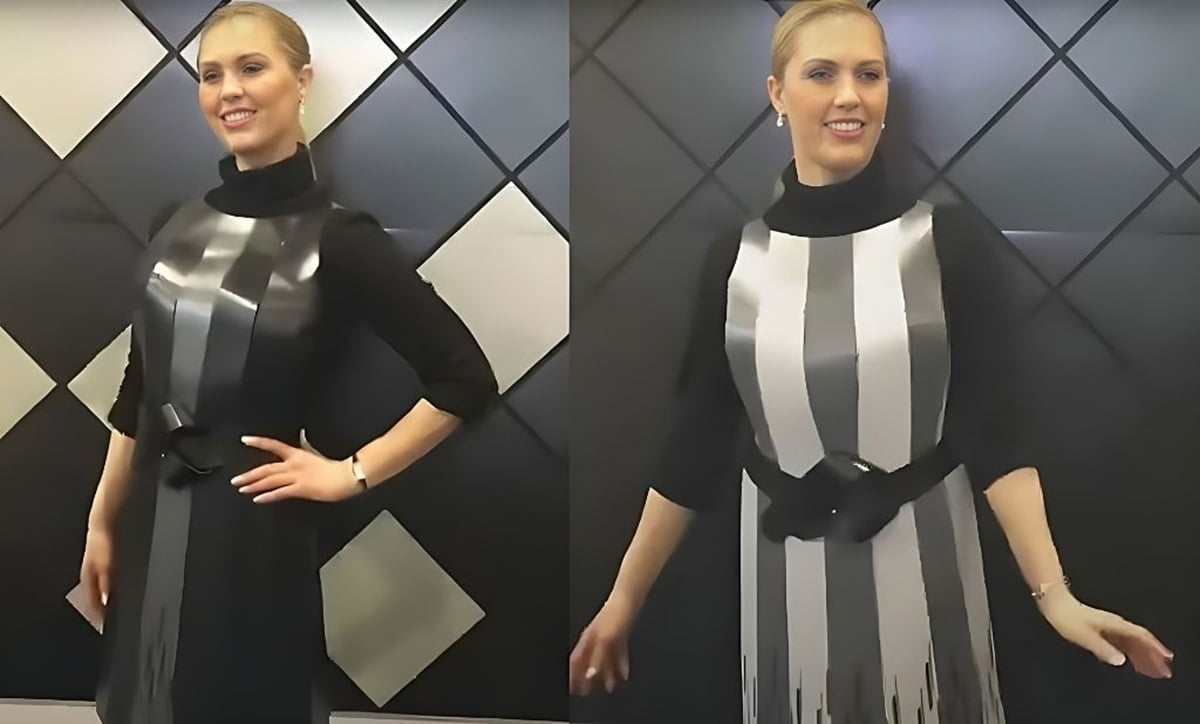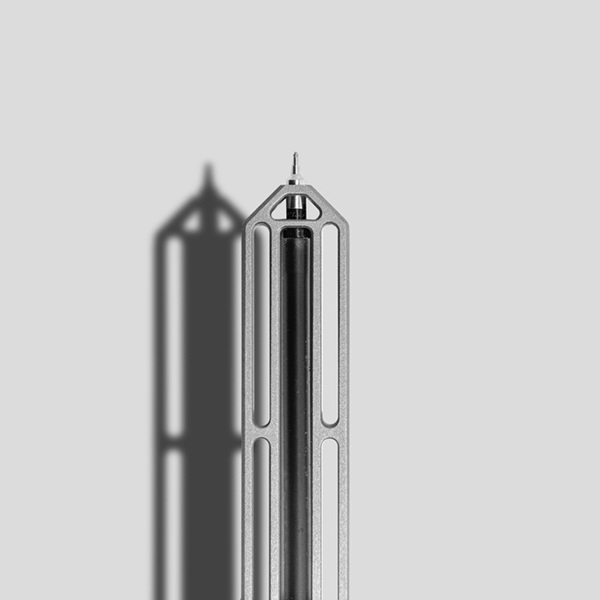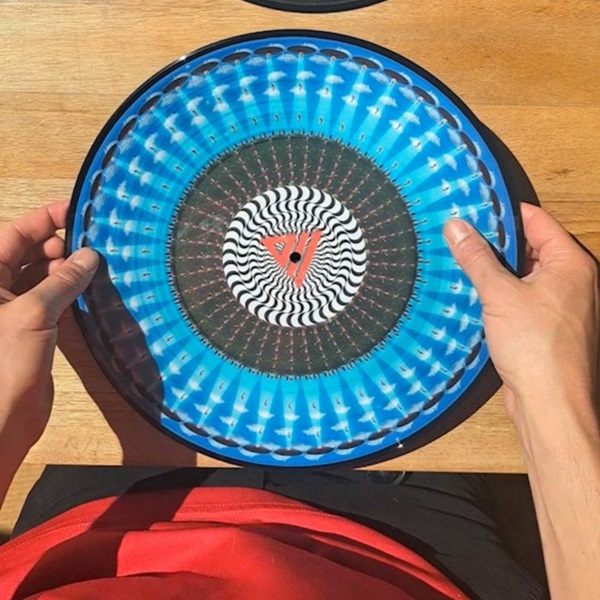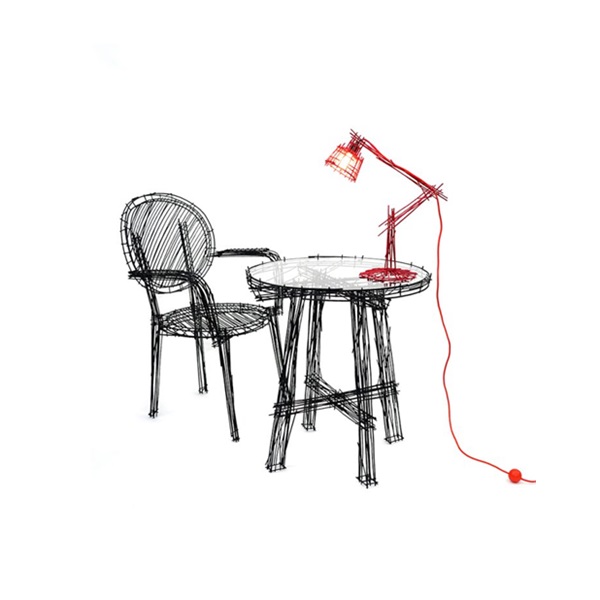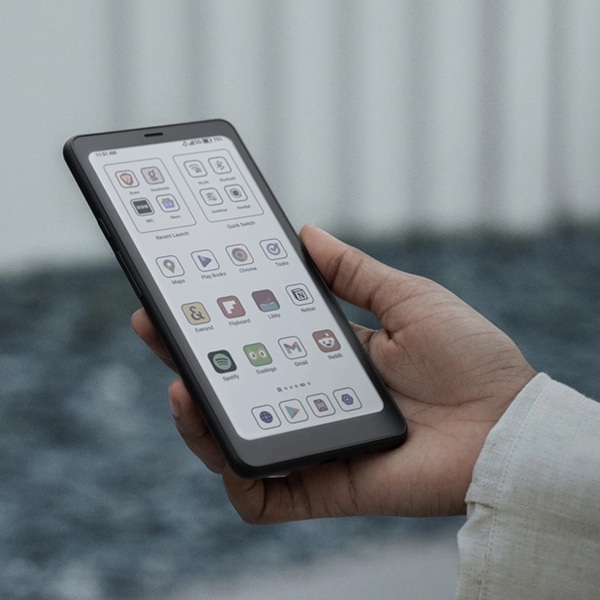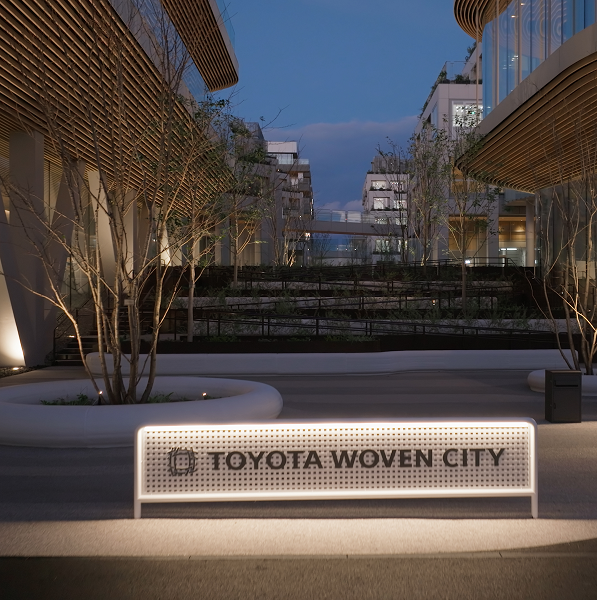
Today, we would like to introduce a revolutionary blend of technology and fashion: e-ink clothes. This e-ink dress is a stunning garment that incorporates the groundbreaking e-paper technology from E Ink Corporation.
With the ability to dynamically change patterns and designs at the touch of a button, e-ink clothes offer unique versatility and personalization for the modern wardrobe. Let us discover how this new e ink clothing technology may affect our future!
How will E-Ink Clothing Technology Transform Our Lives
E-ink on cloth technology allows individuals to customize their attire in real-time. For instance, you can adapt your e ink clothes to different occasions or moods instantly. You will have a single dress that can transform from casual daywear to an elegant evening gown with just a tap on your smartphone. This level of personalization not only enhances individual expression but also reduces the need for multiple garments, fostering a more sustainable approach to fashion.
Eco-Friendly and Sustainable Fashion
The fashion industry is notorious for its environmental impact, but e-ink cloth types can help mitigate this. By enabling garments to change designs without the need for new materials, e-ink prism 3 technology reduces waste and the demand for fast fashion. This shift towards versatile, long-lasting clothing can significantly lower the carbon footprint.
Interactive and Functional Apparel
Beyond aesthetics, e-ink color changing clothes can integrate practical functionalities. For instance, garments could display notifications, health data, or even navigation assistance. This interaction between wearer and clothing opens up new possibilities for smart apparel, where your clothes are not just a statement of style but also a functional extension of your digital life.
Revolutionizing Retail and Marketing
E-ink clothes advantages are not limited to environmental concerns. These clothes have the potential to revolutionize the retail experience. Retailers can showcase a single item with multiple designs, reducing inventory costs and space. Moreover, dynamic displays can be used in marketing, with clothes that change patterns to feature promotions or branding.

